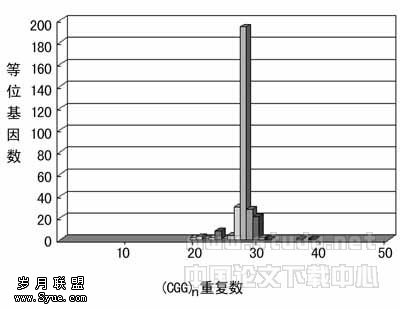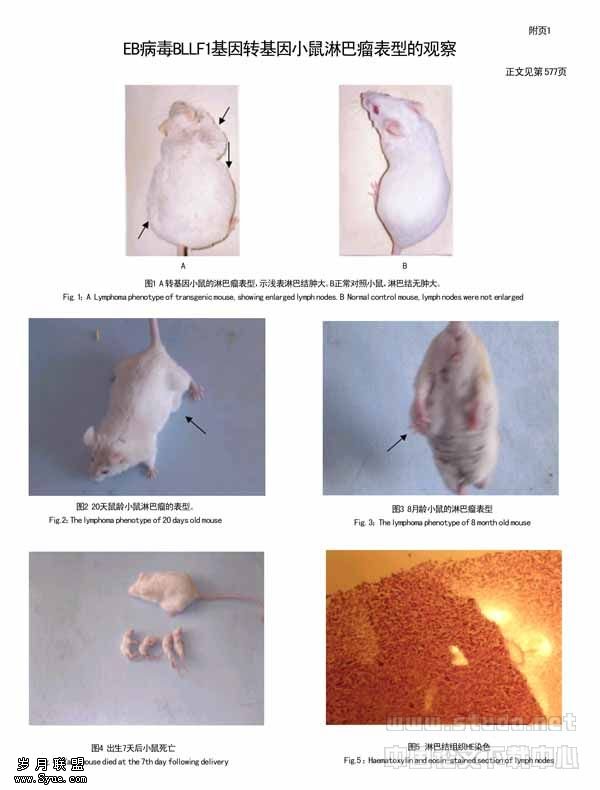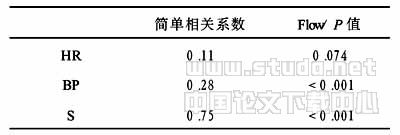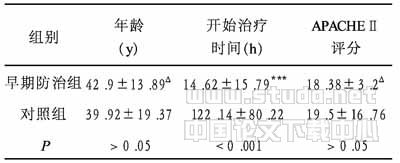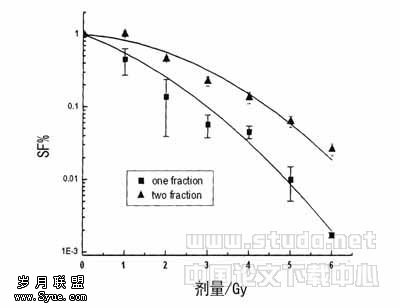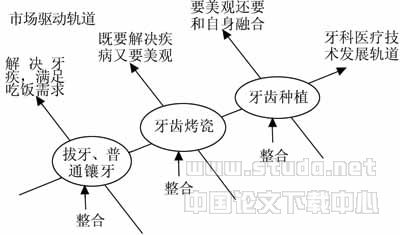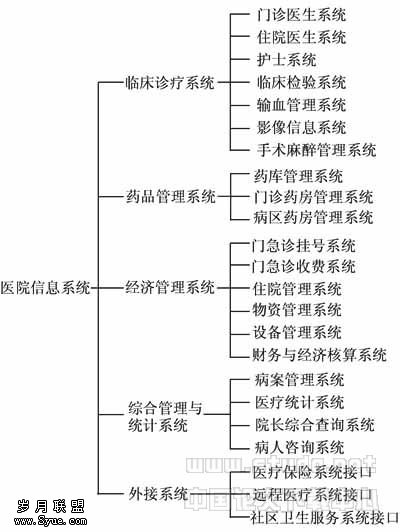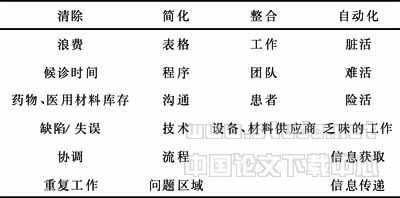大鼠脑出血灶周围区粘附分子的表达
作者:李改丽 张守信 汪丙昂 张红宾 王百忍
【关键词】 脑出血
Expression of adhesion molecules in periintracerebral hemorrhage foci in rats
【Abstract】 AIM: To study dynamic changes of the expression of adhesion molecules in the intracerebral hemorrhage foci and to investigate the pathophysiological processes after intracerebral hemorrhage so as to provide theoretic basis for clinical treatment. METHODS: Collagenase was injected into the striatum of the rats to cause bleeding. Immunohistochemical ABC method was used to observe the expressions of ICAM1, VCAM1 and Eselectin 24, 72 h and 7 d after the intracerebral hemorrhage. RESULTS: Plentiful ICAM1like, VCAM1like and Eselectinlike immunopositive cells were found in striatum around hemorrhage foci in groups 24 h, 72 h and 7 d after the intracerebral hemorrhage and the numbers were significantly different (P<0.05) from those of the nonhemorrhage sides of striatum at the same time point. The expressions of same adhesion molecules around hemorrhage foci were different at different time points. The numbers of the three kinds of adhesion molecules immunopositive cells at the hemorrhage sides in the 24 h group were the greatest [ICAM1, VCAM1 and Eselectin were (152±4), (141±2) and (131±4) mm2, respectively]. The numbers of the three kinds of adhesion molecules immunopositive cells at the hemorrhage sides in the 72 h group [(44±3), (98±4) and (36±5) mm2] and 7 d group [(43±3), (96±4) and (35±3) mm2] all decreased, which were significantly different from those of the 24 h group (P<0.05). However, there was no significant difference in number between the 72 h and the 7 d groups (P>0.05). CONCLUSION: The adhesion molecules are highly expressed in the hemorrhage area, which may be related to the course of intracerebral hemorrhage.
【Keywords】 rat; intracerebral hemorrhage; adhesion molecule; immunocytochemistry
【摘要】 目的: 研究脑出血区粘附分子表达的动态变化,探讨脑出血的病理生理过程,为临床脑出血提供理论依据. 方法: 纹状体内注入胶原酶造模,采用免疫组织化学ABC法观察粘附分子ICAM1,VCAM1和Eselectin在脑出血后24,72 h和7 d的表达变化. 结果: 大鼠脑出血后24,72 h和7 d组出血灶周围纹状体内均有明显的ICAM1,VCAM1和Eselectin免疫阳性细胞,与相同时间点的非出血侧纹状体比较均有显著差别(P<0.05);而且同一种粘附分子在不同时间点在出血灶周围的表达不全相同,24 h组出血侧3种粘附分子阳性的细胞数量最多[ICAM1,VCAM1和Eselectin分别为(152±4),(141±2)和(131±4) mm2],72 h组[(44±3),(98±4)和(36±5) mm2]和7 d组[(43±3),(96±4)和(35±3) mm2]3种粘附分子阳性的细胞数量均减少,与24 h组比较有明显的统计学意义的差异(P<0.05),而72 h和7 d组之间无明显差异(P>0.05). 结论: 脑出血区粘附分子表达增高,可能存在与病程相关的炎性反应.
【关键词】 大鼠;脑出血;粘附分子;免疫细胞化学
0引言
脑出血是临床上常见的疾病之一[1,2],其治疗效果仍不理想[3]. 近几年来关于脑出血后存在炎性反应的相关报道愈来愈多[4,5]. 炎性反应的发生涉及到白细胞和内皮细胞之间复杂的相互作用,而粘附分子又是这两种细胞相互作用中必需的介导物质[6]. 我们用免疫组化方法对脑出血灶周围粘附分子表达进行了动态研究.
1材料和方法
1.1材料雄性SD大鼠12只,体质量230~250 g,由第四军医大学实验动物中心提供. 采用细菌胶原酶注射制作为脑出血模型[7]. 将大鼠用10 g・L-1戊巴比妥钠(40 mg・kg-1)ip麻醉,固定于立体定向仪上,剃毛,无菌操作下在纹状体部位定位(前囟尾侧1.0 mm,矢状缝右侧3.6 mm,深度4.5 mm)注入胶原酶(Sigma) 0.4 U(1.2 μL生理盐水稀释)和0.3 μL肝素(12 500 U・mL-1),10 min内注完,留针10 min后拔针,缝合皮肤. 术后随机分为脑出血后24 h组,72 h组和7 d组,每组4只. 全部动物按时给予食物和水. 脑出血模型制作比较成功,24 h组1只动物因出血量过大死亡,7 d组1只脑内无出血也被淘汰,其余动物均为中等量出血. 各组动物经上述不同的成活时间后,在10 g・L-1戊巴比妥钠(40 mg・kg-1)ip麻醉下开胸,经心脏灌注,先用生理盐水100 mL冲净血液,然后用预冷的40 g・L-1多聚甲醛(pH 7.4)固定液500 mL灌注,固定完毕,取出全脑,用40 g・L-1多聚甲醛后固定2 h,再将脑放入200 g・L-1蔗糖溶液,4℃过夜. 组织块完全沉底后挑选出血灶及其周围组织,用冰冻切片机连续冠状切片,片厚40 μm.
1.2方法先将切片经10 mmol・L-1 PBS漂洗5 min×3次后,室温下浸入800 mL・L-1甲醇和3 mL・L-1过氧化氢封闭30 min以消除内源性过氧化酶的影响,10 mmol・L-1 PBS漂洗5 min×3次. 接着用10 g・L-1牛血清白蛋白和30 mL・L-1正常羊血清在室温分别孵育切片20 min,以阻断组织与抗体的非特异性结合. 最后室温下将切片浸入3 mL・L-1 Triton X100大约5 min增加组织的通透性,以利于组织细胞内抗原的显示. ABC法如下:首先将漂片浸入山羊抗大鼠ICAM1,VCAM1和Eselectin(1∶500,Santa Cruz),室温36 h;10 mmol・L-1 PBS漂洗10 min×3次后入抗山羊IgG(1∶400,Vector),室温3 h;再用10 mmol・L-1 PBS漂洗10 min×3次后最后入生物素化卵白素辣根过氧化物酶复合物(ABC,1∶200,NEB),室温2 h,10 mmol・L-1 PBS漂洗10 min×3次. 用硫酸镍铵DAB蓝色反应法进行呈色,当阳性产物呈深蓝色而背底几乎无色时终止反应,贴片,脱水,透明,封片,BX60光镜下观察. 部分切片用做免疫组织化学方法对照实验,一抗(山羊抗大鼠粘附分子)用牛血清白蛋白稀释液替代,二抗(生物素化的抗山羊IgG)和生物素卵白素辣根过氧化物酶复合物与上相同,染色步骤与上述相同,结果没有细胞着色. 在BX60显微镜图像采集系统下,每组选3只动物,每只动物选取出血灶周围纹状体内5个1 mm2面积,放大100倍(10倍物镜×10倍采集系统),计数各组ICAM1,VCAM1和Eselectin阳性的细胞.
统计学处理:采用SPSS统计软件包中配对t检验和单因素随机设计方差分析作统计学处理,以α=0.05为显著性界限.
2结果
所有动物非出血侧纹状体仅有零星分布、染色很淡的ICAM1和Eselectin阳性细胞,而VCAM1阳性的细胞数量多,但绝大多数细胞染色很淡;在所有出血侧纹状体,3种粘附分子阳性的细胞数量不仅比相应时间点和部位的非出血侧增加(P<0.05,Tab 1),而且同一种粘附分子不同时间点在出血侧的表达也不相同. 在24 h组出血侧纹状体,ICAM1和Eselectin阳性的细胞数量很多[ICAM1和Eselectin分别为(152±4) mm2和(131±4) mm2],而且几乎所有细胞的染色均很强(Fig 1,3),VCAM1阳性细胞的数量也很多[(141±2) mm2],主要为染色加深的细胞数量增多(Fig 2);72 h组出血侧纹状体,3种粘附分子阳性的细胞数量(44±3),(98±4)和(36±5) mm2均比24 h组减少(P<0.05 vs 24 h,Tab 1,Fig 1~3),ICAM1和Eselectin的减少非常明显(P<0.01 vs 24 h);7 d组出血侧纹状体3种粘附分子阳性的细胞数量(43±3),(96±4)和(35±3) mm2则与72 h组基本一致(P>0.05 vs 72 h,P<0.05 vs 24 h,Fig 1~3). 3种粘附分子阳性的细胞均多为不规则形,高倍显微镜观察见其大部分(60%-80%)为血管内皮细胞(Fig 1A, 2A, 3A中左上角放大图).
表1大鼠脑出血灶周围粘附分子阳性细胞数 (略)
图1-图3 (略)
3讨论
粘附分子是一类能介导细胞与细胞、细胞与细胞外基质相互粘附的糖蛋白或糖脂,在炎症和免疫反应等过程中起着非常重要的作用. 血液中的白细胞通过与血管内皮细胞的粘附而外渗是起动炎症反应的关键步骤,而白细胞在血管内皮细胞上滚动、结合及跨内皮细胞转运等过程均需粘附分子的参与. 白细胞与内皮细胞粘附的起始阶段由选择素介导,随后由CD11/CD18复合物(β2整合素)与ICAM1形成更为紧密的结合,随后穿越内皮细胞进入血管周围的基质,导致白细胞浸润[8]. 白细胞(单核细胞或巨噬细胞)可阻塞血管腔,减少血流量;进到血管外的白细胞还可释放自由基、蛋白水解酶及其他毒性物质,引起血管损伤和出血[9].
我们的实验结果表明ICAM1,VCAM1和Eselectin蛋白在中等量脑出血后24,72 h和7 d组病灶周围的表达均高于对照侧,提示与白细胞粘附有关的粘附分子参与了脑出血的病理过程,脑出血局部可能存在着由这些粘附分子介导的炎性细胞浸润和炎性反应. 我们的实验结果还表明ICAM1,VCAM1和Eselectin的表达均在脑出血后24 h最高,72 h和7 d时明显下降,由于大鼠胶原酶造模的脑出血模型于出血后24 h脑水肿达到高峰,48 h后开始减退[7],因而提示脑出血后粘附分子的大量表达可能与脑水肿有关,尤其是增高幅度显著的ICAM1和Eselectin. 72 h和7 d组粘附分子的表达仍比对照组增高,表明脑出血后较长时间段内有炎性反应的存在,提示炎性反应可能在脑出血的病理过程中有重要的作用. 脑出血后粘附分子表达的增高可能与出血局部炎性细胞因子的表达水平明显增高[7]有关. 综合以上结果,我们预期,临床上在一定时间内采取有效的对抗粘附分子和炎性细胞的,可能会对脑出血患者的预后改善有一定作用.
【】
[1] Guo Y, Lu YL, Li ZY, Lu W. IL6 level in plasma and brain tissue in rats following experiment acute cerebral hemorrhage injury [J]. Disi Junyi Daxue Xuebao (J Fourth Mil Med Univ), 2001; 22(15):1409-1411.
[2] Zhang SX, Su CJ, Lin H, Rao ZR. Catecholaminergic neurons expressing Fos protein in the medullary visceral zone of the rat following experimental cerebral hemorrhage [J]. Disi Junyi Daxue Xuebao (J Fourth Mil Med Univ), 2000; 21(11):1341-1345.
[3] Zhang SF, Nie FH. Microwound operation cleaning therapy for 88 patients with hypertensive cerebral hemorrhage [J]. Disi Junyi Daxue Xuebao (J Fourth Mil Med Univ), 2002; 23(19):1786-1788.
[4] Xue M, Del Bigio MR. Intracerebral injection of autologous whole blood in rats: Time course of inflammation and cell death [J]. Neurosci Lett, 2000; 283(3):230-232.
[5] Gong C, Hoff JT, Keep RF. Acute inflammatory reaction following experimental intracerebral hemorrhage in rat [J]. Brain Res, 2000; 871(1):57-65.
[6] Floris S, Ruuls SR, Wierinckx A, van der Pol SM, Dopp E, van der Meide PH, Dijkstra CD, De Vries HE. Interferonbeta directly influences monocyte infiltration into the central nervous system [J]. J Neuroimmuno, 2002; 127(12):69-79.
[7] Li GL, Zhang SX, Wang BR, Ju G. The expression of inflammatory cytokine around pathological changes after cerebral hemorrhage [J]. Disi Junyi Daxue Xuebao (J Fourth Mil Med Univ), 2002;23(7):670-671.
[8] Maroszynska I, Fiedor P. Leukocytes and endothelium interaction as rate limiting step in the inflammatory response and a key factor in the ischemiareperfusion injury [J]. Ann Transplant, 2000; 5(4):5-11.
[9] Frijns CJ, Kappelle LJ. Inflammatory cell adhesion molecules in ischemic cerebrovascular disease [J]. Stroke, 2002; 33(8):2115-2122.


